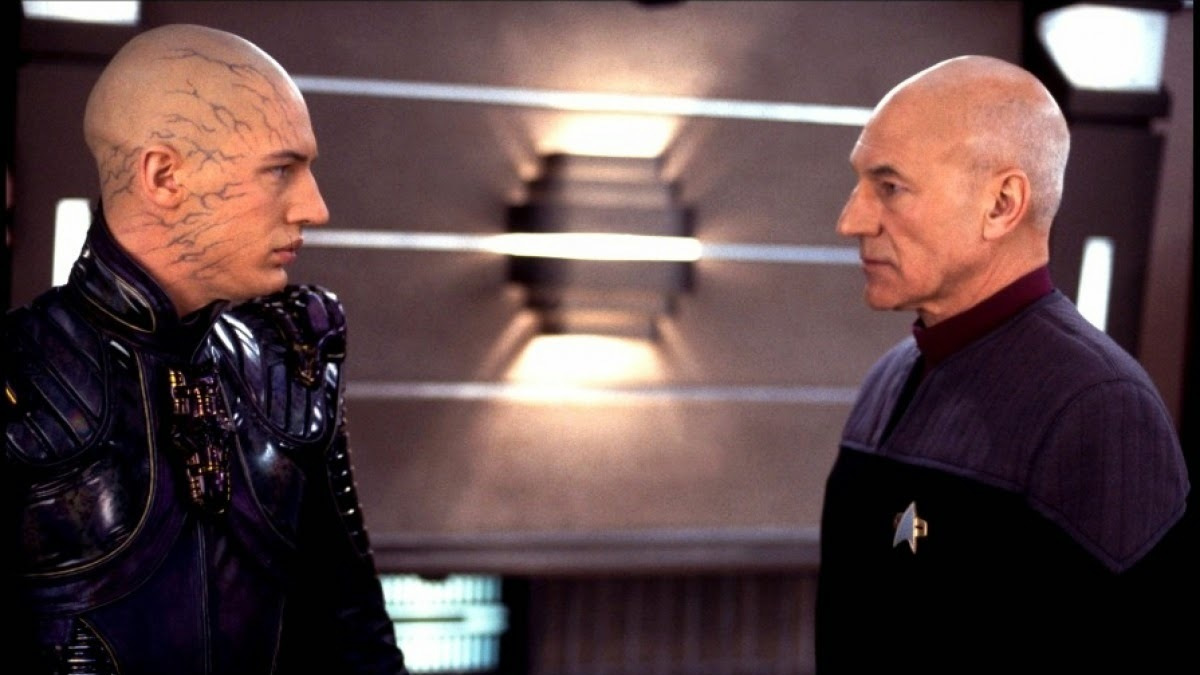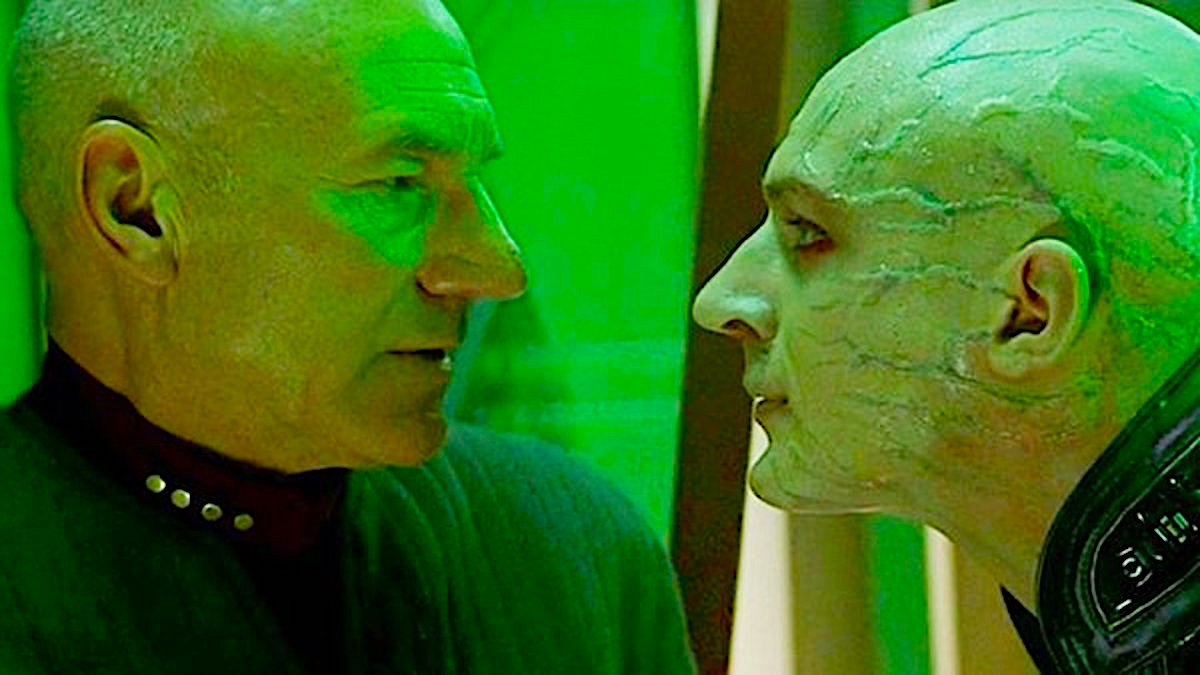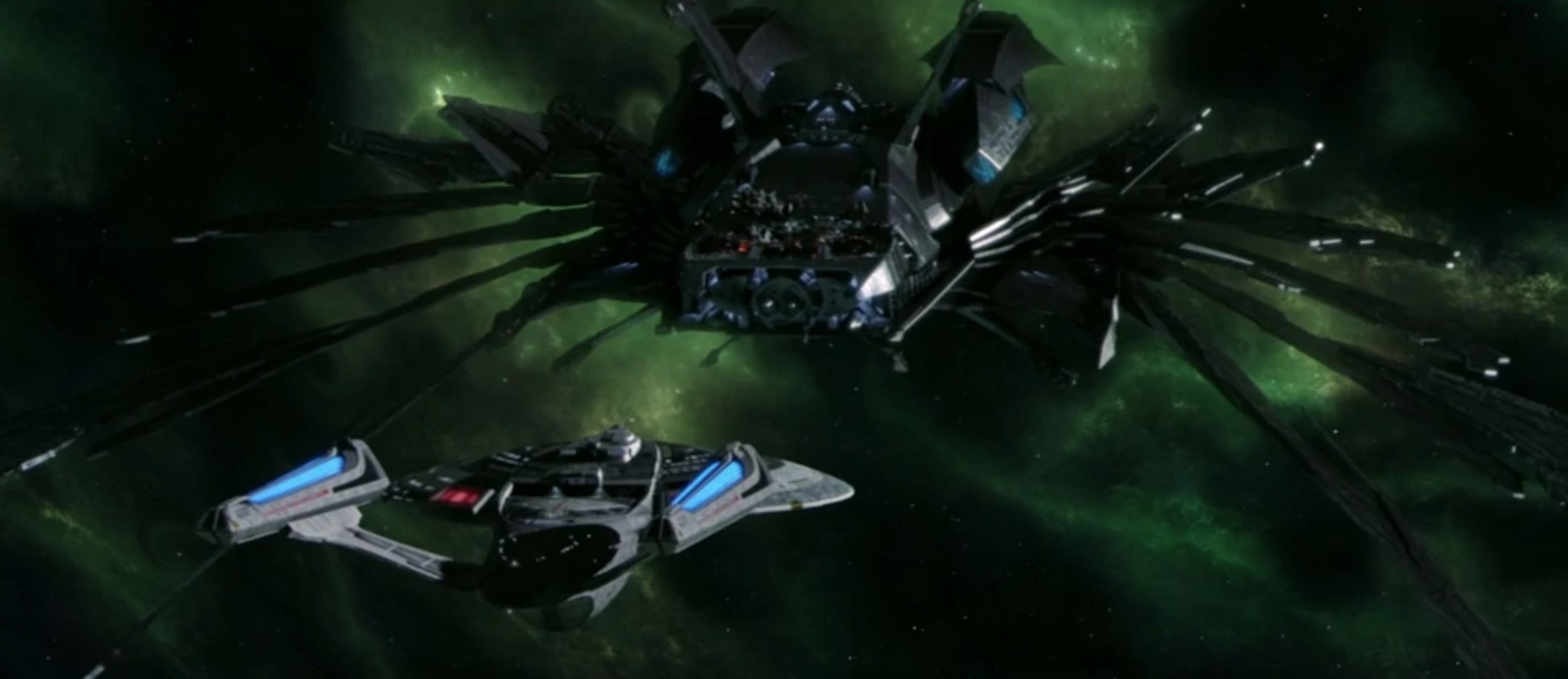
Overshadowed by competition and often unloved by fans, "Star Trek: Nemesis" celebrates its 20th birthday today as the tenth movie in the franchise and the final "Star Trek" film to feature Patrick Stewart's Captain Jean-Luc Picard and "The Next Generation's" intrepid crew.
After the somewhat tepid box office and critical flaying of 1998's "Star Trek: Insurrection," interest was waning in the aging "Star Trek" franchise and audiences were turning to "Star Wars" sequels, "Harry Potter" movies, and "The Lord of the Rings" films to get their sci-fi/fantasy fix.
"Star Trek: Nemesis" was cast into the mix in the wake of its previous "Star Trek" sibling during the holiday season where it floundered against other tentpole releases like "Harry Potter and the Chamber of Secrets," "The Santa Clause 2," and "The Lord of the Rings: The Two Towers." When the tinsel finally settled it had only raked in a paltry $67 million in worldwide box office receipts.
Related: Star Trek movies, ranked worst to best
One year of Paramount Plus - was $49.99/year now $24.99/year. Paramount is offering 50% off its two plan levels, allowing you to get a deep discount whether you choose ads or not. The Essential plan is now $24.99, or if you want uninterrupted streaming you can go for the Premium plan for just $49.99.
Dropped into the crowded popular entertainment galaxy on Dec. 13, 2002 and directed by British filmmaker Stuart Baird, "Star Trek: Nemesis" has Picard altering the USS Enterprise's course following a scheduled rendezvous for Commander Riker (Jonathan Frakes) and Counselor Troi's (Marina Sirtis) wedding ceremony, to a tenuous peace treaty negotiation with the Romulans, who had rejected a plan to untie the forces of the planets Romulus and Remus.
Picard is soon shocked to learn that Shinzon (Tom Hardy), the recently "appointed" Praetor of the Romulans after a deadly coup, is actually a cloned Reman derived from his DNA to replace the venerable leader with a Romulan agent in the heart of Starfleet. After Enterprise crew members stumble across a computer system hack, a perilous game is played to thwart Shinzon and his Romulan warbird from completing a plan to attack Earth and cripple the Federation's armada.

Baird does a serviceable job keeping plot mechanics moving in this $60 million sequel, but there's a glaring absence of depth that begins to feel tedious after the initial narrative revelations. It's a handsome movie though, shot by "Top Gun" and "Mission Impossible 2" cinematographer Jeffrey L. Kimball, yet disappointingly infused with a forgettable orchestral score by the Academy Award-winning composer Jerry Goldsmith ("Planet of the Apes," "Alien," "Star Trek: First Contact").
Get the Space.com Newsletter
Breaking space news, the latest updates on rocket launches, skywatching events and more!
Stuart Baird's resume included editorial duties on classics like "The Omen," "Superman: The Movie," "Lethal Weapon," "Die Hard 2," and "Demolition Man," which explains the film's fluidity and momentum despite being shackled to John Logan's inert screenplay.

Looking a bit like "Hellraisers'" Pinhead minus the studs, a young Tom Hardy is charismatic as the intense rebel chieftain. He's certainly up to the task of holding his own against the imposing talents of Stewart and their interplay and exchanges make for compelling drama.
And who can forget Data (Brett Spiner) singing "Blue Skies" at the nuptials, the sentient android discovering a younger prototype of himself, and Data's sacrificial death in the climactic scenes. Veteran character actor Ron Perlman ("Hellboy") also shines as Shinzon's Viceroy Vkruk, who carries an air of warrior-like menace though his screen lines are kept to a bare minimum.
"Nemesis'" visual effects and sets are impressive, especially the design of the intimidating Reman warbird, the Scimitar, glimpses of the dilithium mines of Remus where Shinzon was held for ten years as a slave, and the steel-buckling ramming of the Scimitar by the Enterprise in the showdown finale.

The wordiness of "Star Trek: Nemesis" and its tepid melodrama might not have been the "Star Trek" film we wanted to close out the legacy of cinematic sequels that had existed after 1978's "Star Trek: The Motion Picture," but it's still an engaging entry with a professional sheen and enough interesting performances to warrant a repeat viewing, especially on the occasion of its 20th anniversary.
It would be seven long years after "Nemesis" before J.J. Abrams rebooted the franchise in 2009 with "Star Trek" and its Kelvin Timeline, a similarly tenuous position the theatrical series now finds itself in after director Justin Lin's mediocre 2016 entry, "Star Trek Beyond." Will blue skies shine for the franchise once again?
"Star Trek: Nemesis" is currently streaming on HBO Max and Paramount+.
Follow us on Twitter @Spacedotcom or on Facebook.
Join our Space Forums to keep talking space on the latest missions, night sky and more! And if you have a news tip, correction or comment, let us know at: community@space.com.

Jeff Spry is an award-winning screenwriter and veteran freelance journalist covering TV, movies, video games, books, and comics. His work has appeared at SYFY Wire, Inverse, Collider, Bleeding Cool and elsewhere. Jeff lives in beautiful Bend, Oregon amid the ponderosa pines, classic muscle cars, a crypt of collector horror comics, and two loyal English Setters.










